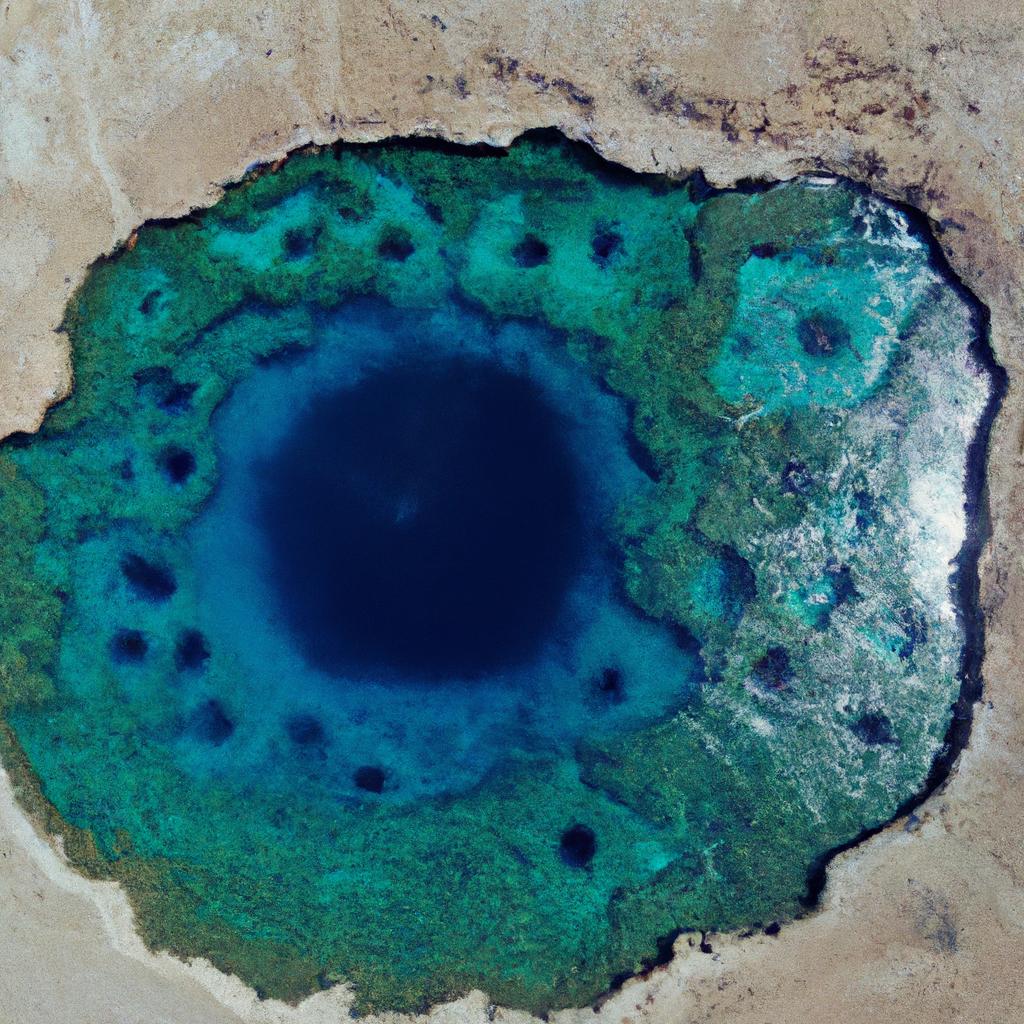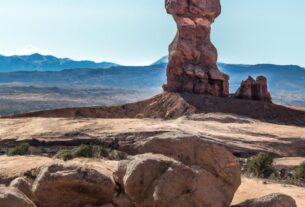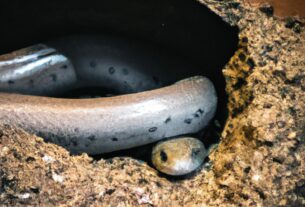The Great Blue Hole, situated in the Caribbean Sea off the coast of Belize, is a captivating underwater marvel that has captivated divers and scientists for decades. This article takes you on a journey to discover the breathtaking Great Blue Hole location, its geographical features, and the fascinating marine life that thrives within its depths.
Geographical Location
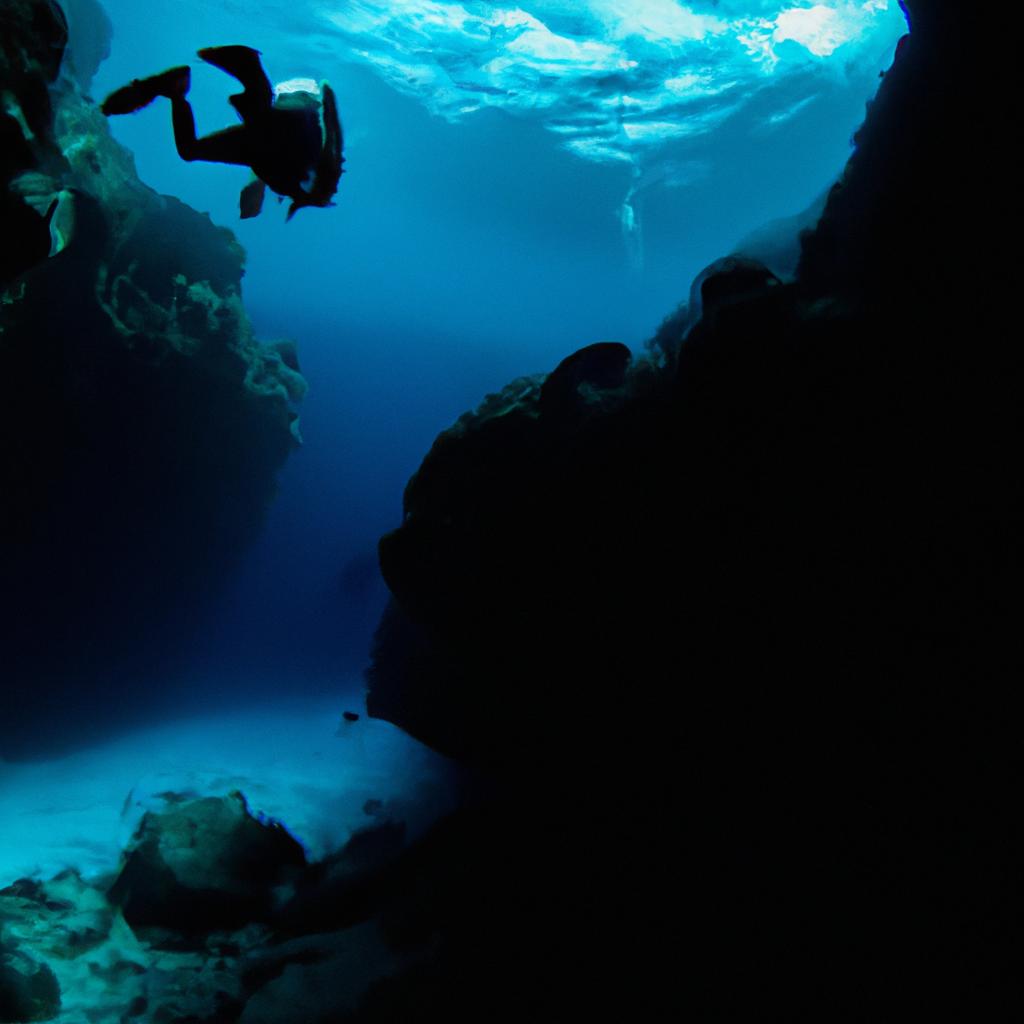
The Great Blue Hole lies at the heart of Lighthouse Reef, part of the Belize Barrier Reef Reserve System. Accessible only by boat or helicopter, this circular sinkhole measures approximately 300 meters (984 feet) across and 125 meters (410 feet) deep. Surrounding the Great Blue Hole are several small islands, including Half Moon Caye, Long Caye, and Carrie Bow Caye, which provide habitat for endangered species like the red-footed booby and the hawksbill turtle. The nearby waters thrive with diverse marine life, including sharks, rays, and vibrant fish species.
Formation of the Great Blue Hole
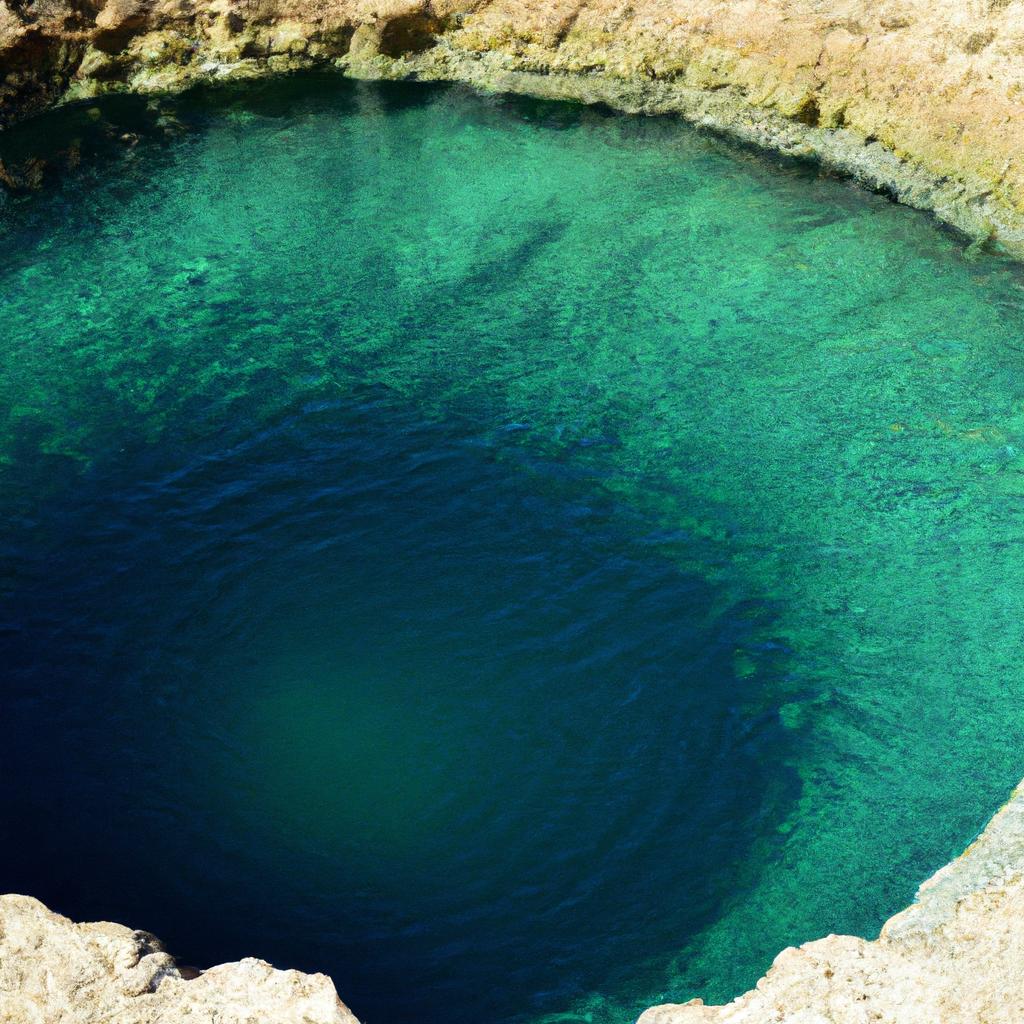
The Great Blue Hole’s existence is a captivating geological spectacle that traces back millions of years. During the last ice age, when sea levels were significantly lower, the site was an above-sea cave system. As the ice age concluded and sea levels rose, the cave system was submerged and its roof collapsed, forming the massive sinkhole we marvel at today. The limestone walls enclosing the Great Blue Hole, estimated to be around 150,000 years old, hold intricate formations and fossils of ancient sea creatures. These unique geological features have drawn scientists and researchers to uncover the history and evolution of the region.
Marine Life in the Great Blue Hole
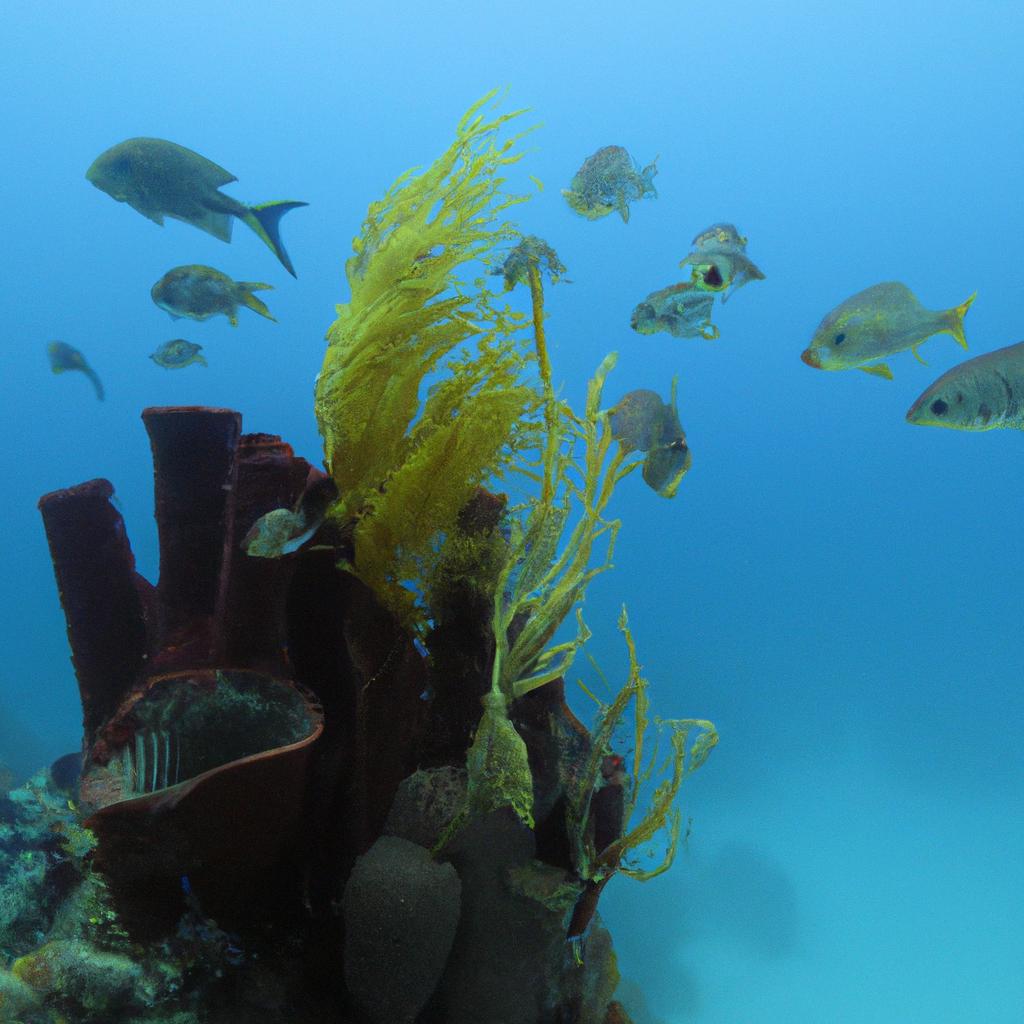
Despite its name, the Great Blue Hole’s crystal-clear waters offer unobstructed visibility. The underwater realm hosts a diverse array of marine life, including various species of sharks, rays, and fish. Caribbean reef sharks, typically 8 to 10 feet long, gracefully patrol the hole’s perimeter. Lucky divers may also encounter nurse sharks and bull sharks, though such encounters are less common. Glide below the surface, and you may witness southern stingrays and eagle rays gracefully navigating through the water. Schools of colorful fish, including groupers, angelfish, and butterflyfish, add vibrancy to this underwater paradise.
Exploration and Tourism
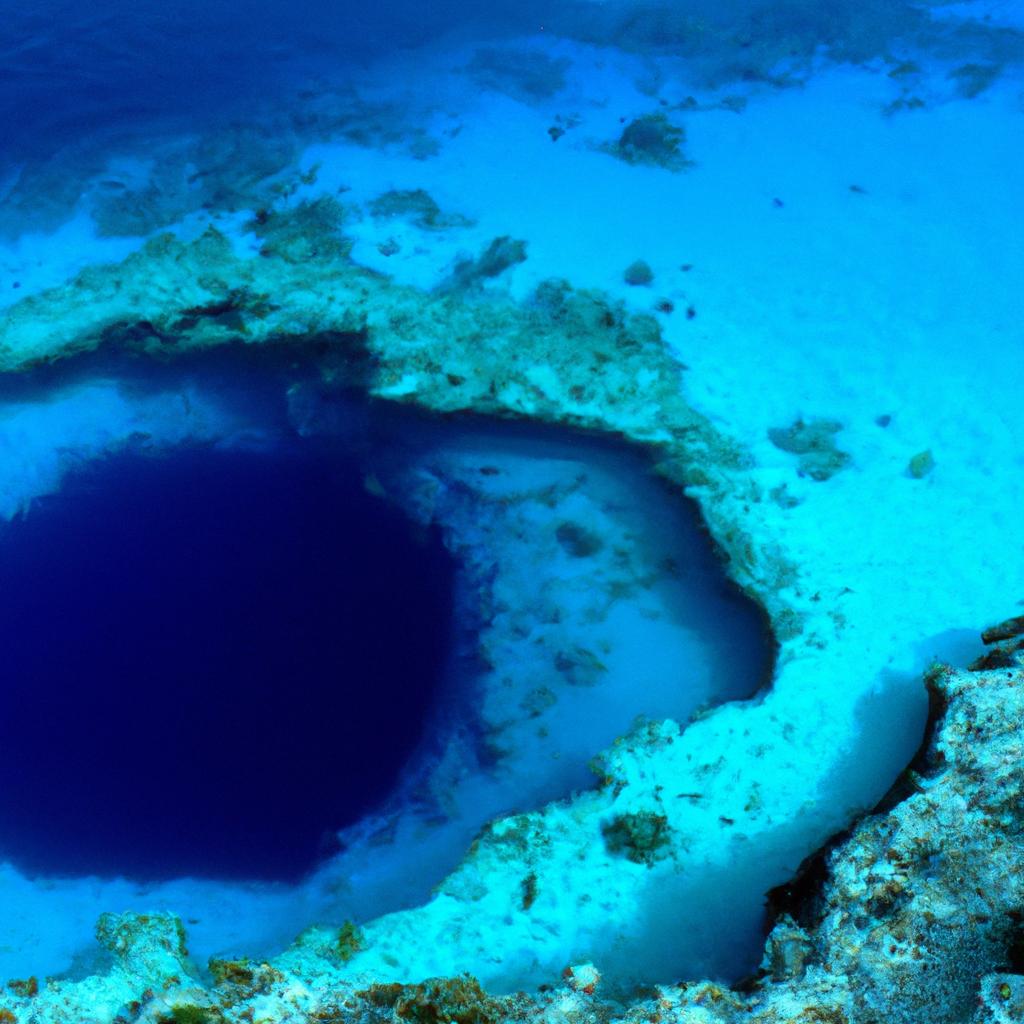
The Great Blue Hole’s allure as a diving and exploration destination draws thousands of visitors each year. From famous expeditions to the underwater realm led by renowned French explorer Jacques Cousteau in 1971 to present-day diving and snorkeling adventures, this natural wonder continues to enthral with its unique geological formations and marine life. Journeying to the depths of the Great Blue Hole unveils a world teeming with hammerhead sharks, giant groupers, and a mesmerizing array of colorful fish.
Preservation and Conservation
Despite its popularity, the Great Blue Hole faces environmental threats that undermine its delicate ecosystem. Pollution and climate change pose significant challenges to this natural wonder. To safeguard its future, various conservation initiatives have been launched. In 1996, the Belize Barrier Reef Reserve System, which encompasses the Great Blue Hole, was designated a UNESCO World Heritage Site, acknowledging its global significance. The Belizean government has implemented measures like fishing regulations and marine protected areas to safeguard the region.
Visitors can also contribute to the preservation of the Great Blue Hole by adopting responsible tourism practices. Respecting marine life, properly disposing of waste, and minimizing human impact enable us to protect and preserve this treasure for generations to come.
In conclusion, the Great Blue Hole is an enchanting natural wonder awaiting exploration off the coast of Belize. As responsible travelers, it is our duty to appreciate and safeguard this delicate ecosystem. At TooLacks, we value responsible tourism practices and actively support efforts to conserve and protect the Great Blue Hole and other natural wonders worldwide. Join us in celebrating the awe-inspiring beauty of the Great Blue Hole and its marine habitat.
